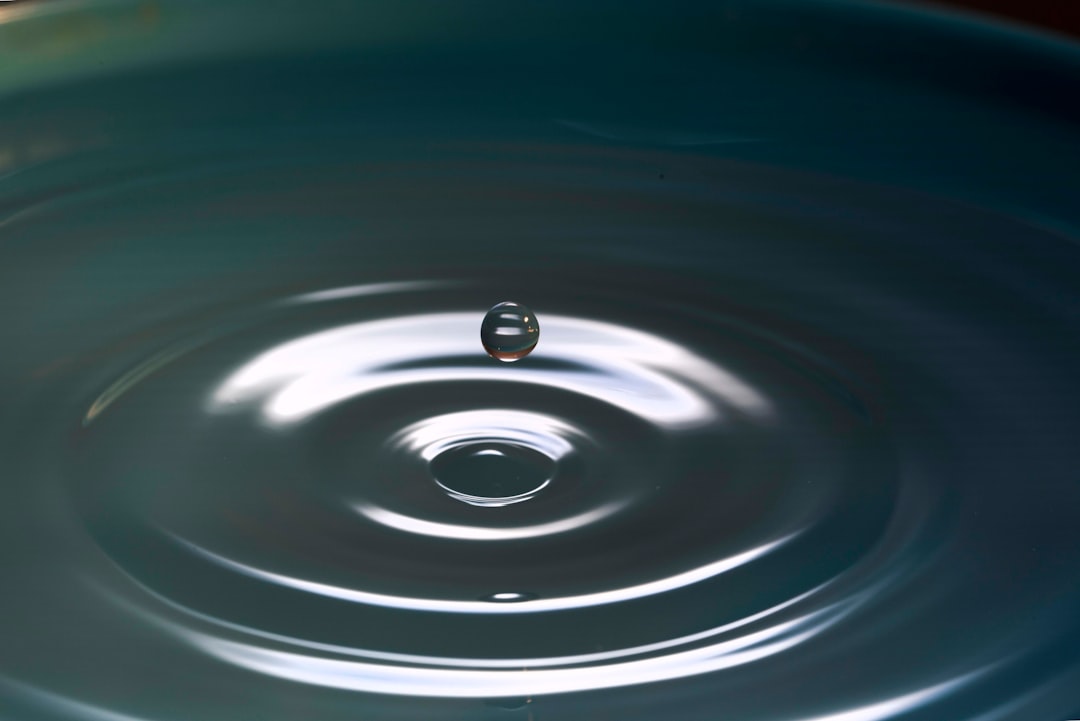What is it about?
It was previously thought that inorganic ions increase the static wetting contact angle of liquid droplets on solids. However, despite the same charge and stokes radii, NaNO3 and NaCl change the wetting contact angle of water droplets on graphite oppositely. Here, we use molecular dynamics simulations to elucidate the mechanisms behind the opposite changes in the wetting contact angle of NaNO3-containing and NaCl-containing water droplets on graphite surfaces as the adsorption of NO3- ions to the interface due to a combined effect of ion polarization, cavitation energy and dispersive interfacial interaction.
Featured Image

Photo by uomo libero on Unsplash
Why is it important?
Understanding the ion-sensitive wetting of water droplets is important, to manipulate or actuate droplets in electrowetting, to separate harmful ions, such as nitrate, from harmless ions, and to understand ion-specific interfacial phenomena, such as concentration polarization, scaling and fouling.
Perspectives
It was a pleasure writing this article with my student. We also appreciate the constructive comments from the anonymous reviewers. I hope this article inspires interests from physics, chemistry, biology and engineering community to work on the interdisciplinary problems associated with wetting.
Meng Shen
California State University Fullerton
Read the Original
This page is a summary of: The effect of ion shape and concentration on tunable wetting of water droplets on graphite surfaces, Physics of Fluids, June 2023, American Institute of Physics,
DOI: 10.1063/5.0152917.
You can read the full text:
Contributors
The following have contributed to this page










